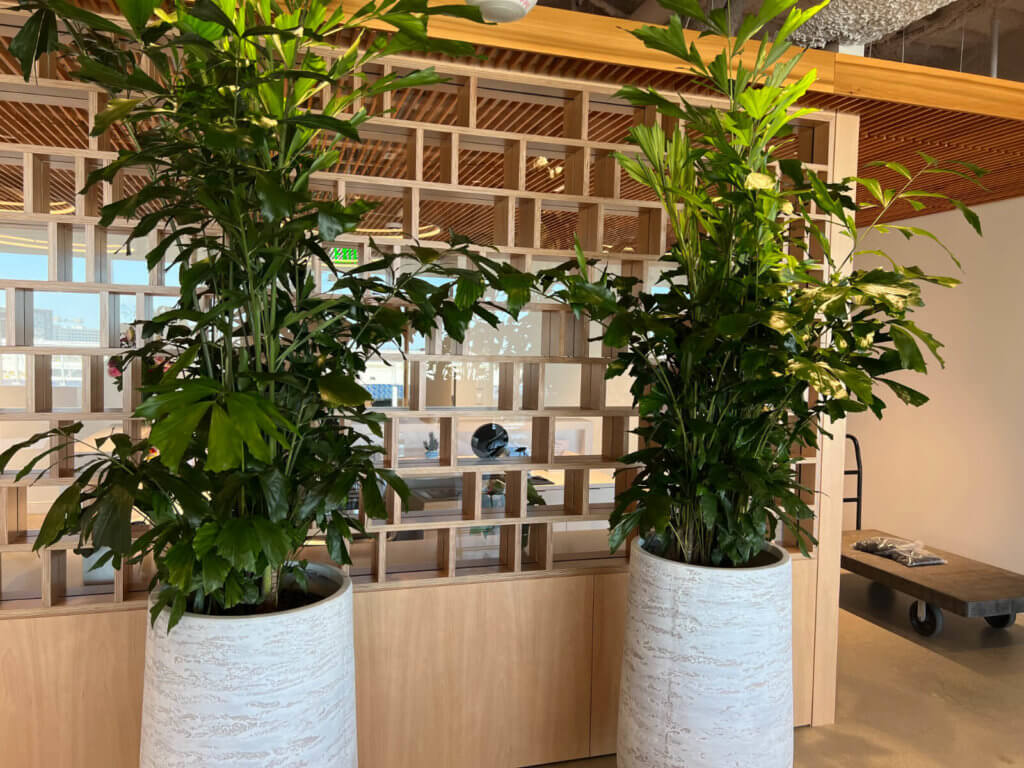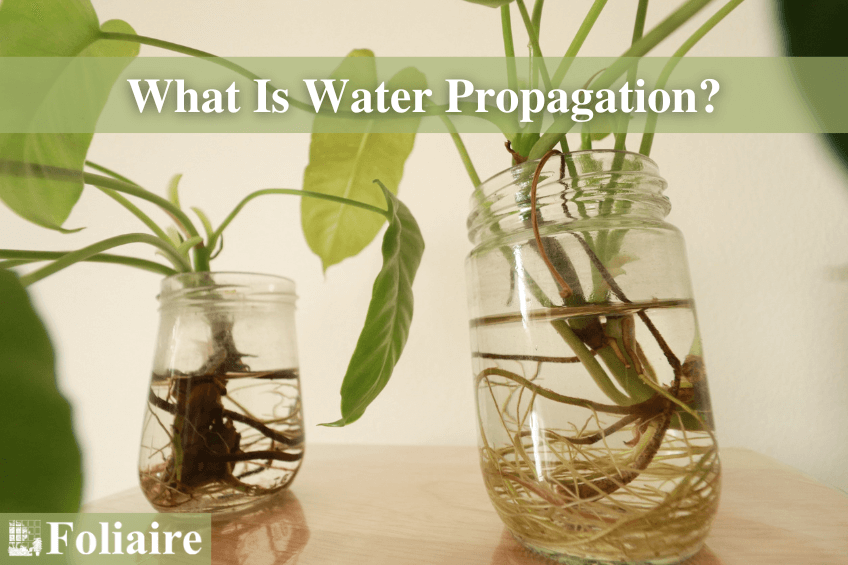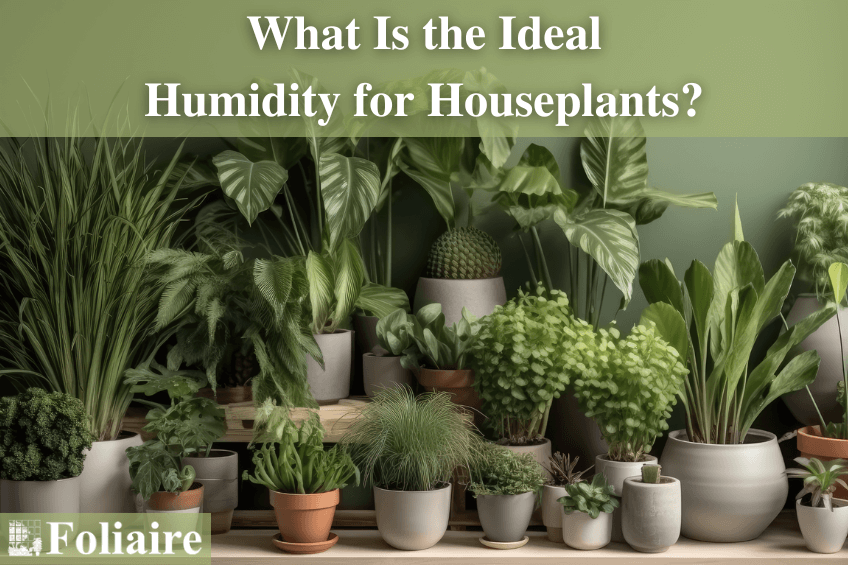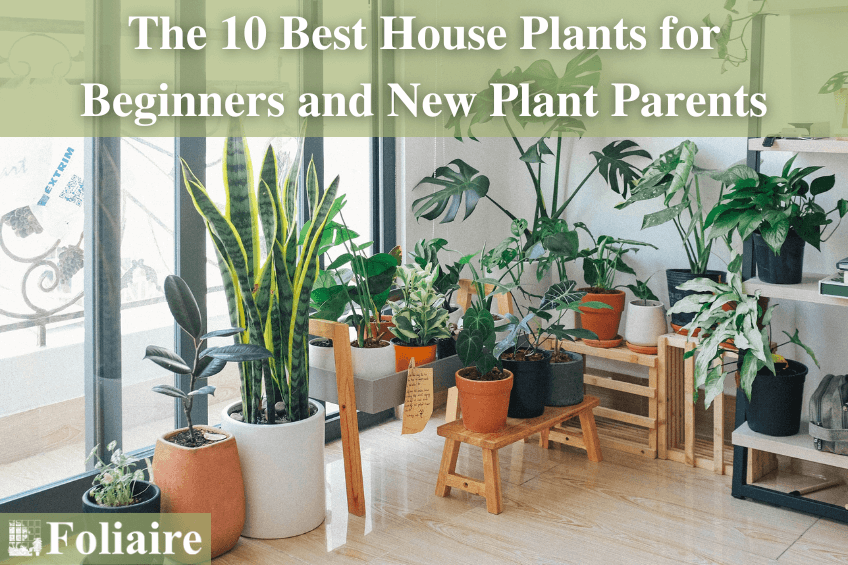Landscape Fabrication 101: How to Plan Your Outdoor Garden Layout
In bustling cities like Boston, where the historic meets the contemporary, homeowners are embracing the transformative power of a thoughtfully planned garden layout to elevate their urban abodes. Whether it’s a rooftop refuge overlooking the skyline or a compact backyard haven, the right outdoor garden layout not only maximizes limited space but also enhances the quality of urban living.
This blog is dedicated to guiding homeowners through the intricate process of landscape fabrication—a method that blends architectural elements with natural beauty to create harmonious outdoor living areas.
We’ll delve into the essentials of planning an outdoor garden that not only complements your home but also thrives in the unique climate and context of urban New England. From the soaring potential of a roof garden fabrication to the earthy charm of ground-level structure planting, we’ll cover the strategies and tips you need to craft a personal oasis in the city.
What We’ll Cover:
- Understanding landscape fabrication
- Top 4 benefits of rooftop and urban gardens
- 6 design principles for urban outdoor gardens
- How to choose the right plants and materials
- Working with urban landscapers
- 5 tips for maintaining your urban gardening
- Key takeaways
Understanding Landscape Fabrication
Landscape fabrication, at its core, is the art and science of crafting and installing planned outdoor environments. It often involves both natural and man-made materials. In the urban context, this often involves creating functional and sustainable green spaces where the ground may be scarce. Roof garden fabrication, for instance, exemplifies how urban dwellers can turn underutilized spaces into vibrant, living ecosystems.
This practice involves a blend of horticulture and design, utilizing elements such as custom planters, modular decking, and architectural features to establish a cohesive garden in areas not traditionally conducive to growth. In an urban landscaping setting, the principles of structure planting allow for the cultivation of plants and greenery in a controlled, engineered environment that often sits atop a human-made structure.
By integrating nature into our urban fabric, we not only improve the aesthetic quality of our surroundings but also address environmental concerns such as stormwater management, heat reduction, and air quality improvement. The thoughtful incorporation of plants and landscape features in urban settings can mitigate the “heat island” effect common in cities, creating cooler and more comfortable outdoor living areas.
The Top 4 Benefits of Rooftop and Urban Gardens
Rooftop and urban gardens are not just a trend but a pivotal aspect of urban living that offers environmental, health, social, and economic benefits. They represent the harmonious integration of nature into our urban fabric, transforming the rooftops and small spaces of Boston and beyond into lush, productive landscapes.
1) Environmental Impact
Landscape fabrication plays a critical role in creating sustainable cities. They contribute to cooling urban areas, reducing the “heat island” effect that elevates temperatures in concrete-heavy environments. These green spaces also aid in managing stormwater runoff, filtering pollutants, and decreasing erosion. By integrating natural elements into urban settings, these gardens serve as mini-ecosystems that support local wildlife and promote biodiversity.
2) Air Quality Improvement
One key advantage of rooftop gardens is their ability to improve air quality. Plants naturally filter pollutants and release oxygen, making the air cleaner and fresher. In urban centers like Boston, where vehicular and industrial emissions are high, rooftop gardens can act as natural air purifiers, contributing to the health and well-being of the residents.
3) Aesthetic and Recreational Value
Beyond their environmental benefits, rooftop and urban gardens enhance the visual appeal of buildings and provide recreational spaces for relaxation and social interaction. They offer an oasis of calm and beauty, a place to escape from the hustle and bustle of city life. These gardens can also increase property values, making them a smart investment for homeowners.
4) Food Production
Urban gardens can also serve as sources of fresh produce. With the right setup, homeowners can grow herbs, vegetables, and fruits, fostering a connection to their food source and promoting healthier eating habits. In cities where access to fresh produce may be limited, rooftop gardens offer a solution that’s both convenient and rewarding.
How to Start an Urban Garden
Starting an urban garden is a rewarding way to bring nature into the heart of the city, creating a personal retreat amidst the urban hustle. The first step is assessing your available space, whether it’s a rooftop, terrace, balcony, or a small backyard. Consider the amount of sunlight your area receives throughout the day, as this will influence the types of plants you can grow. For shaded spaces, focus on shade-loving plants like ferns or hostas, while sunny spots are ideal for herbs, vegetables, and drought-tolerant flowers.
Next, select containers and materials that align with your vision and the constraints of your space. Lightweight, weather-resistant materials like composite planters are perfect for rooftops or balconies, while metal garden structures work well at ground level. Incorporate vertical gardening elements, such as trellises or wall-mounted planters, to maximize space and add visual interest.
To ensure success, choose plants that are native or well-adapted to your region’s climate, like coneflowers or sedums for New England gardeners. These plants are more resilient and require less maintenance. Install a simple irrigation system or use self-watering planters to maintain consistent moisture, especially in the heat of summer.
Finally, take time to plan a layout that balances aesthetics with functionality. Group plants with similar water and sunlight needs together and leave space for pathways, seating, or decorative elements. Starting small and expanding gradually will help you create a thriving urban garden that transforms your space into a green sanctuary.
Do you need help expanding your garden?
6 Design Principles for Urban Outdoor Gardens
Roof garden fabrication requires a thoughtful approach that marries functionality with aesthetic appeal. While every space has its unique potential and limitations, adhering to a set of foundational design principles can ensure that your urban garden is not just a verdant escape but also a practical extension of your living space. Here are some key considerations:
1) Efficient Use of Space
Urban gardens often need to make the most of limited square footage. Vertical gardening, tiered planters, and hanging pots are all clever ways to optimize space without compromising beauty.
2) Privacy and Security
In the urban setting, creating a sense of seclusion can enhance the tranquility of your garden. Utilize fencing, trellises with climbing plants, or even tall, dense greenery to provide a private retreat from the bustling city around you.
3) Easy Maintenance
Choose plants and design elements that require minimal upkeep. For example, you could include perennial plants adapted to your climate, self-watering planters, or durable materials in your landscape fabrication that withstand the elements.
4) Visual Interest and Aesthetics
A well-designed urban garden should capture attention and invite exploration. Play with textures, colors, and heights to create a visually stimulating space. Incorporate features like water elements or sculptures for additional focal points.
5) Sustainability
Urban gardens are an opportunity to contribute positively to the environment. Select native plants that support local wildlife, use water-wise gardening techniques, and consider eco-friendly materials for landscape fabrication.
6) Flexibility for Use
Consider how you’ll use the garden—whether for entertaining, relaxing, or growing food—and design your layout to accommodate these activities. Think about pathways, seating areas, and functional spaces like a small greenhouse or herb garden.
How to Choose the Right Materials and Plants
Selecting the appropriate materials and plants is crucial for the success and sustainability of your urban garden. For materials, prioritize durability and eco-friendliness. Recycled composite decking, reclaimed wood for planters, and non-toxic, weather-resistant treatments ensure your garden structures endure harsh urban conditions while minimizing environmental impact.
When it comes to plant selection, adaptability and local climate tolerance are key. For New England homeowners, incorporating native species not only guarantees resilience but also supports local biodiversity. Opt for a mix of perennial shrubs, grasses, and flowering plants that provide year-round interest and require less maintenance. Hardy varieties like coneflowers, sedum, and lavender thrive in urban environments and attract pollinators, enhancing the ecological value of your space.
You should also consider the microclimate of your specific garden area. Rooftop gardens in Boston may face stronger winds and higher sun exposure, requiring wind-tolerant and drought-resistant plants. By carefully matching materials and plants to your urban garden’s conditions, you’ll create a beautiful, functional, and sustainable outdoor space that flourishes in the city’s unique landscape.
Get expert plant care tips today
Working with Urban Landscapers
Partnering with experienced urban landscapers can elevate your garden project from a dream to reality. These professionals bring a wealth of knowledge in sustainable design, plant selection, and innovative use of space, which is crucial for cities like Boston. They can navigate the complexities of roof garden fabrication and ensure your landscape fabrication adheres to city regulations.
Urban landscapers also offer creative solutions for maximizing limited space, integrating greenery seamlessly with urban aesthetics. By collaborating with experts, you not only benefit from a customized design that reflects your vision but also from efficient implementation and maintenance strategies that ensure the longevity and health of your garden. Trusting your project to skilled urban landscapers guarantees a vibrant, sustainable outdoor space that enhances your urban living experience.
5 Tips for Maintaining Your Urban Garden
After the initial setup of your urban garden, ongoing maintenance is essential to keep it thriving. Consistent care ensures that your plants remain healthy and your garden continues to be a vibrant sanctuary. Here are a few tips for maintaining your urban garden:
1) Regular Watering
Urban gardens, especially rooftop ones, may require more frequent watering. This is due to increased exposure and the potential for quicker soil drying. To provide consistent moisture, invest in a watering system that suits your garden’s needs. Consider either a simple drip irrigation system or self-watering planters.
2) Seasonal Pruning
Keep your garden tidy and promote healthy growth by pruning dead or overgrown branches and leaves. This precaution not only maintains the aesthetic appeal of your garden but also encourages plants to develop more blooms and foliage.
3) Pest and Disease Management
Regularly inspect your plants for signs of pests or diseases. Early detection is key to managing these issues before they spread. Use organic pesticides and fungicides to treat any problems while minimizing harm to the environment.
4) Soil Health
Add compost or an appropriate fertilizer annually to replenish nutrients in your soil. This step will support robust plant growth and enhance the overall fertility of your garden’s soil.
5) Professional Consultation
Don’t hesitate to consult with urban landscapers for advice on specific maintenance tasks. Their expertise can be invaluable in keeping your garden in peak condition.
Key Takeaways
Creating a successful urban garden in New England’s dynamic urban environments, such as Boston, is both an achievable and rewarding endeavor. Remember, the essence of landscape fabrication lies in smart planning and understanding the unique challenges and opportunities of urban gardening. Key points to remember include:
- Adaptability and Sustainability: Choosing the right materials and plants is crucial for creating a sustainable and resilient garden.
- Expertise Matters: Collaborating with professional urban landscapers can provide invaluable insights and solutions tailored to your specific urban space.
- Maintenance Is Key: Regular care ensures your garden remains a vibrant oasis amidst the concrete jungle.
- Innovative Design: Utilizing principles of efficient space can transform even the smallest spaces into lush, green retreats.
Are you inspired to transform your urban space into a green sanctuary? Whether you’re contemplating a rooftop garden or a cozy balcony haven, Foliaire’s expert urban landscapers can bring your vision to life.
With our expertise in landscape fabrication, we can help you navigate the unique challenges of urban gardening in Boston and beyond. Contact us today to start planning your urban garden project, and let’s create a slice of nature in the heart of the city together.
Contact us today for a free plantscaping consultation
View Our Other Plant Care Tips
For more guidance on creating the perfect environment for your houseplants or to explore more about indoor landscape design, visit Foliaire’s wealth of resources. Let us help you cultivate an indoor oasis that brings beauty, health, and well-being into your everyday life.
- Ferns
- Tropical Plants
- Philodendrons
- Fiddle Leaf Figs
- Lawn and Garden
- Top 10 Pet-Safe House Plants
- Why Are My House Plants Dying?
- Top 10 House Plants for Beginners
- How to Find the Best Garden Decor
- What Is The Ideal Humidity for House Plants?
- What’s the Difference Between Plantscaping and Landscaping?
Boston’s #1 Choice for Roof Garden Fabrication
Foliaire is a full-service interior and exterior greenscape design-build firm in Boston’s historic South End. For over 40 years, we’ve provided award-winning interior plantscaping services in the Boston Metro area.
We customize and plan our roof garden projects and interior plantscaping to fit your unique space and tastes. That’s how we’ve built a reputation of unparalleled style and elegance for corporate plantscaping and residential community projects.
In addition, we’ve received several environmental design awards and have appeared in several publications. You can find us in Architectural Digest, House and Garden, Horticulture, and Interiorscape.
Follow us on social media @Foliaire for more valuable plant care advice:



























